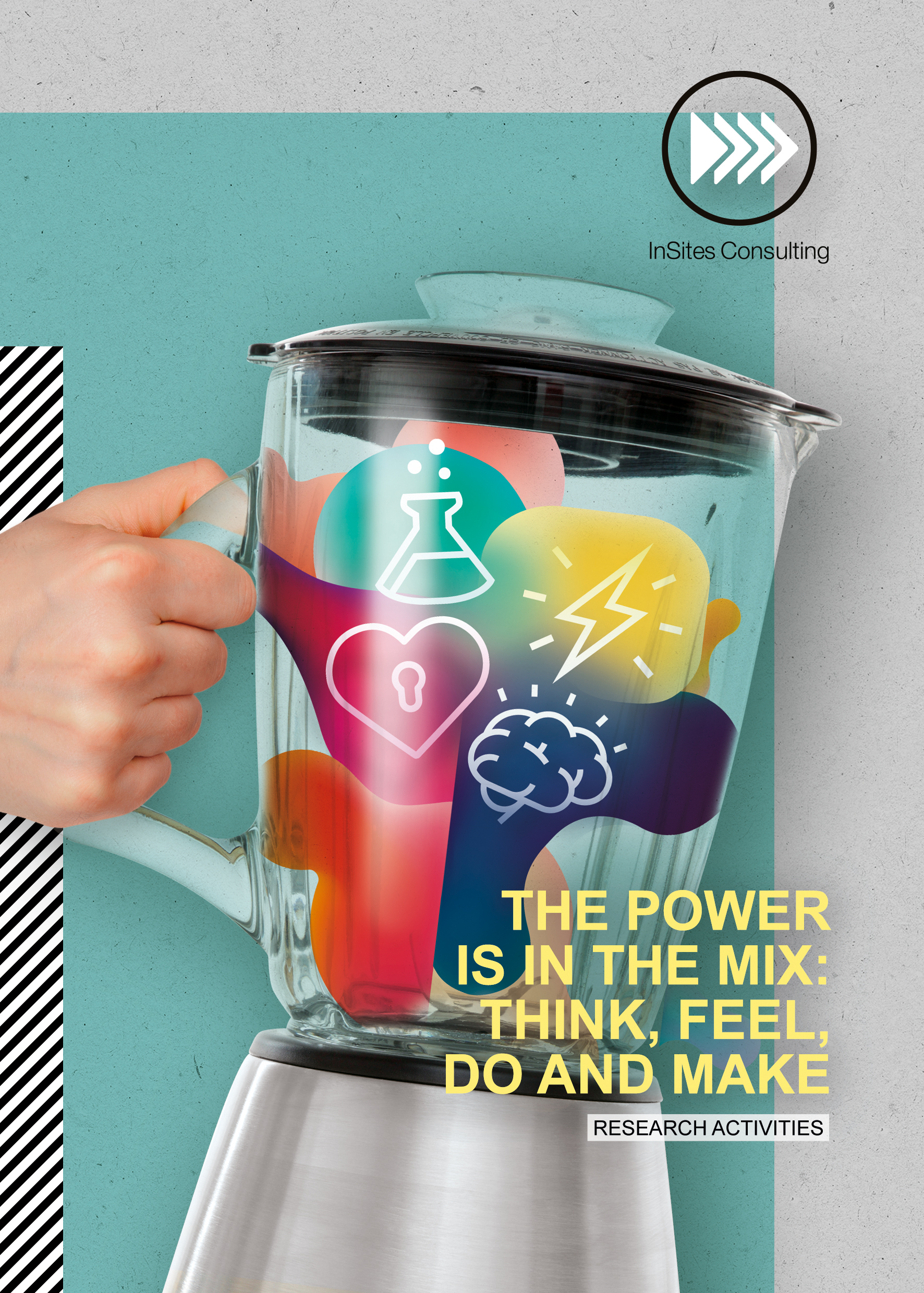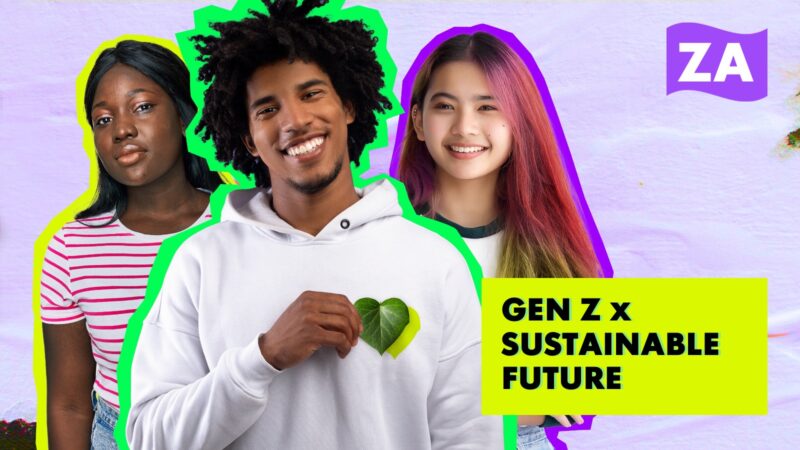First and foremost, we have to do things correctly from a regulatory and ethical perspective, and the published guidelines of ESOMAR or local research associations are a very good starting point (ESOMAR, 2009). But this is only akin to putting a toe of one oversized foot into our participants’ tiny shoes. What we must also do, is find ways to engage with and collect quality data from children and young people.
Here are my five top online research tips:
- Keep it short and simple: kids have less cognitive stamina for rational and direct questioning before they get tired or bored. So, ask the most important questions first, and ask more open questions than closed.
- Build a narrative: if appropriate to the subject matter, create a theme or narrative, e.g. let the activity take the form of an adventure, journey or experiment.
- Use accessible language: avoid academic wording like ‘How satisfied would you be on a scale from 1 to 5?’. Write as if you were speaking to a child face-to-face, and test your question by reading it out loud. Yes, it really does sound that bad sometimes.
- Adapt scoring to age: for older kids (8+), you can get them to give scores out of ten which is a typical frame of reference from school. For younger children, replace numeric scales with visual ratings and interfaces, e.g. swiping, drag & dropping, emojis or star ratings.
- Use their reference world: reflect the way young people like to share and communicate, e.g. use relevant social media influencers, celebrities, or cartoon pictures in projective techniques e.g. What would Jake Paul / Ariana Grande / Greta Thunberg think of this?
Carefully shaping your research design by defining the right set of research activities is key, especially when working with target audiences like kids and youth. More on the right blend of research activities in our bookzine ‘The power is in the mix‘.





